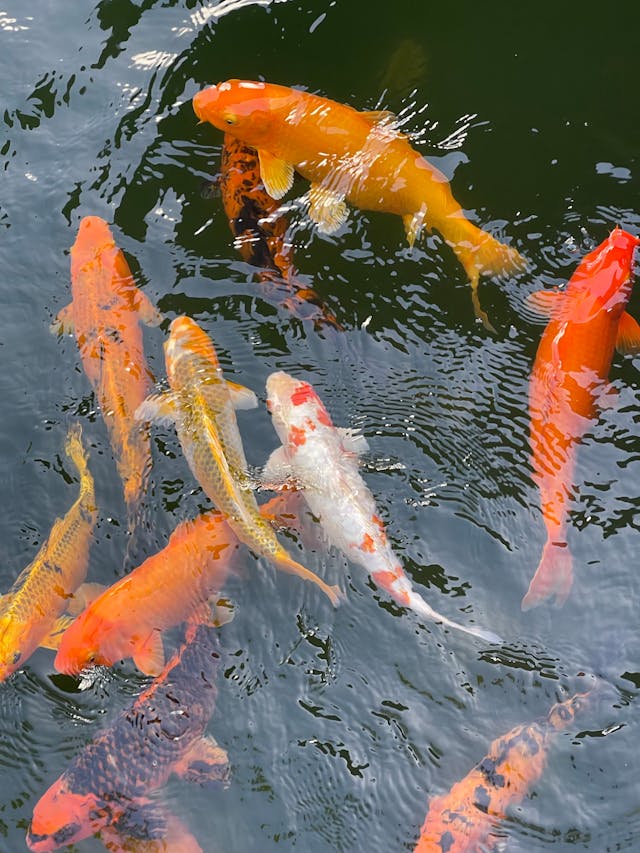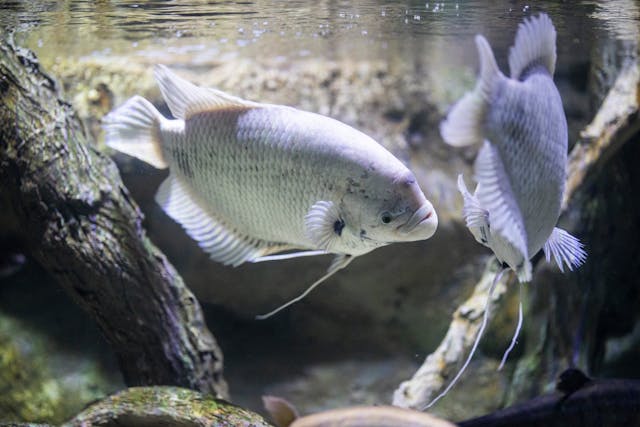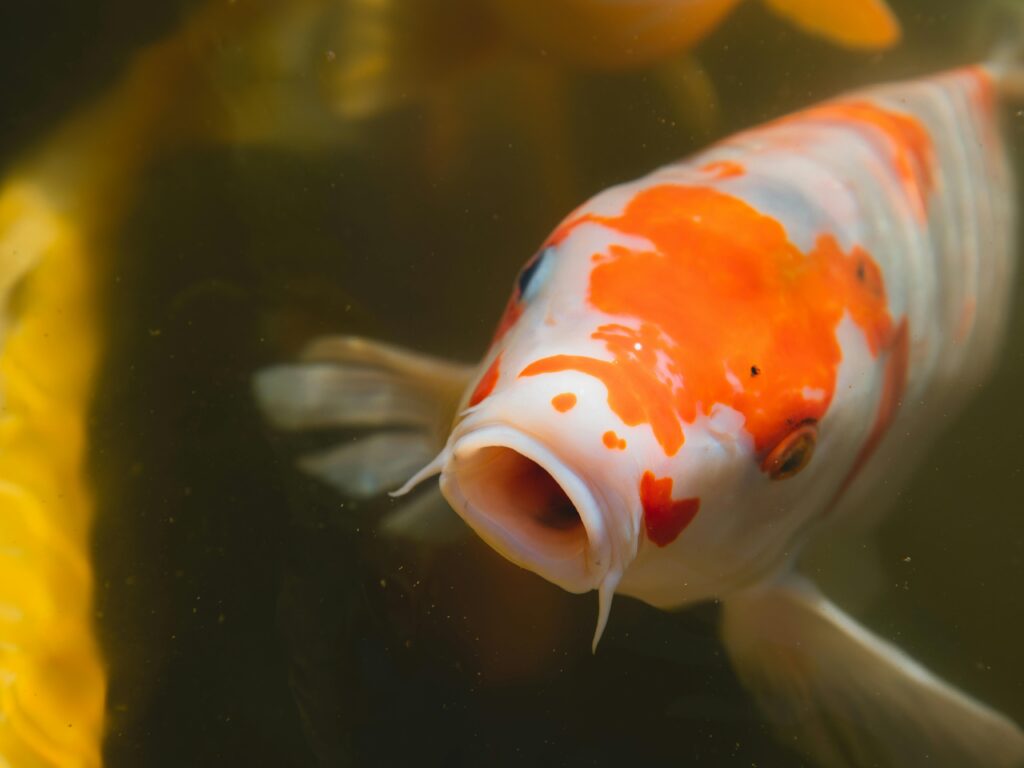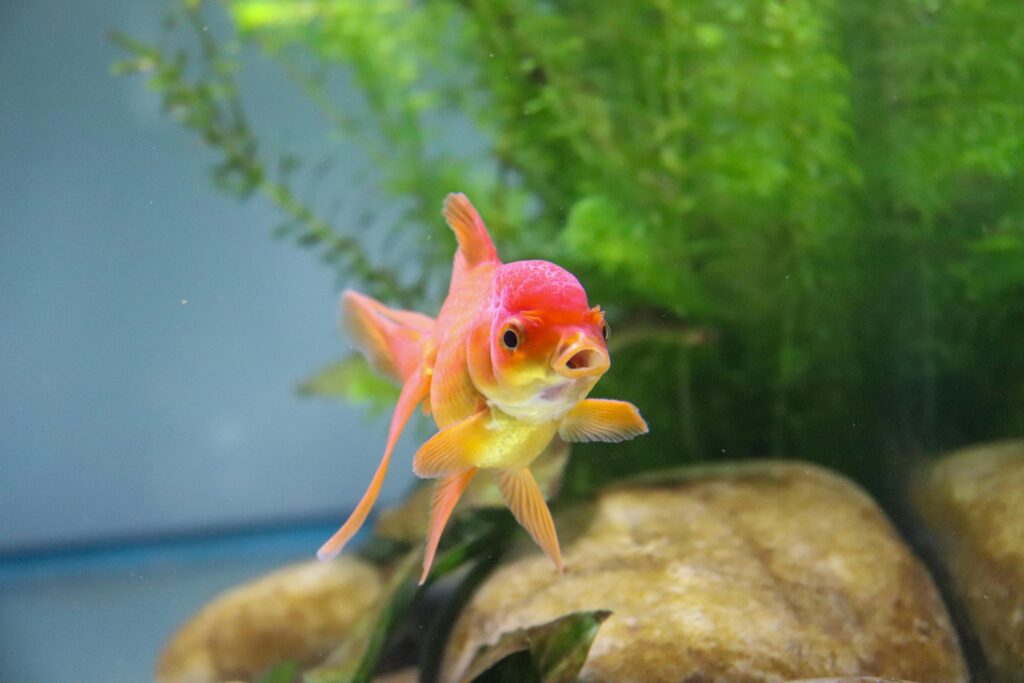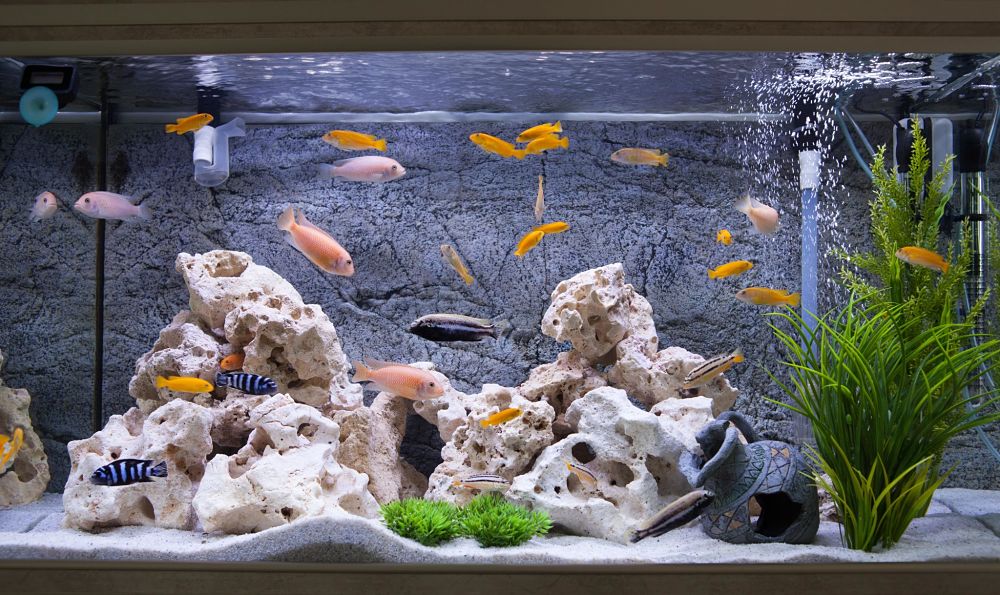Longevity can be a major consideration in selecting a pet, particularly for those who wish a friend with many years of presence. Choosing species with extended lifespans can help fish aficionados guarantee a rewarding and lifetime experience. Although many fish species have somewhat short lives, some can live for decades—even longer—under appropriate conditions. Some of the longest-living pet fish, their special traits, and how to best care for them to maximise their longevity will be discussed in this page.
Known for their vivid colours and patterns, koi fish can live up to 25 to 35 years—some unusual cases have seen koi living beyond 200 years.
Though sometimes overlooked, goldfish can live up to 10–15 years with appropriate care increasing their lives to 20 years or more.
Some species, such as the Pictus Catfish, can survive for more than 15 years under captivity.
With ideal care, Neon Tetras and Cardinal Tetras can live up to 10 years.
Angelfish are a common option for their beauty and lifespan—between 10 and 15 years.
Renowned for their relationship with sea anemones, clownfish can remain in a well-kept aquarium for up to ten years.
An Introduction
Selecting a pet fish will help your house to be peaceful and joyful. On the other hand, knowing the lifetime of several fish species is crucial if you search for a long-term friend. Some fish can only live a few years, but others might be your friend for decades given they are cared for properly. We shall explore the world of pet fish with the longest lifespans in this all-encompassing guide, including information on their care, surroundings, and special qualities that make them cherished friends.
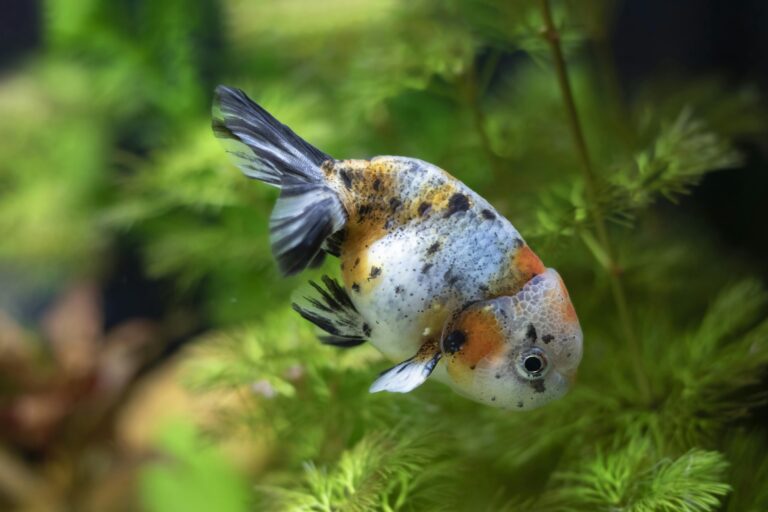
Koi fish: The Gentle Giants
Often considered as the height of decorative fish, koi fish are prized for their stunning hues and graceful swimming movements. Originally from Japan, these fish are not only lucky and prosperous symbols but also well-known for their remarkable lifetime.
- Lifespan and Maintenance: Under perfect circumstances, Koi can live 25 to 35 years; some accounts of individuals living for over 200 years exist. Their longevity depends mostly on their surroundings and degree of care. Koi call for big ponds filled with fresh, well oxygenated water. Since they may reach up to three feet in length, they flourish in outdoor ponds where they have plenty of area to swim and grow.
- Nutrition and Food: Koi need a balanced diet. Being omnivores, they appreciate a variety diet including premium koi pellets, vegetables and sporadic sources of protein like prawns. One should avoid overfeeding since it might cause health problems and difficulties of water quality.
- Maintenance and health: Essential is consistent pond management involving water changes and monitoring of water parameters (such as pH, ammonia, and nitrite levels). Koi are also prone to some infections, including koi herpesvirus (KHV), hence early treatment and quarantine policies for new fish are absolutely essential.
Goldfish: More Than Only a Bowl Companion
Often considered as a beginners’ choice, goldfish are among the most popular pet fish available worldwide. Still, with proper care, goldfish can survive far longer than the few years they are usually supposed to.
- Lifespan and Maintenance: Though some goldfish survive for 20 years or more, their lifetime is typically 10 to 15 years. Their longevity is secret in a large surroundings and a good food. Unlike the general belief, goldfish shouldn’t be housed in little bowls. In bigger tanks with enough filtration to preserve water quality, they flourish.
- Nutrition and Food: As omnivores, goldfish adore a diet including premium goldfish flakes or pellets together with fresh vegetables like peas and spinach. They also gain from sporadic meals heavy in proteins such brine prawns.
- Maintenance and health: Preventing diseases like fin rot and swim bladder problems depends on keeping a clean tank using consistent water changes. Keeping your goldfish healthy and vivid requires careful water parameter monitoring and avoidance of overfeeding.

Catfish: The Nightlight Cleaners
A varied collection of fish with unique whisker-like barbels and bottom-dwelling behaviour, catfish are Although many catfish species are noted for their scavenging prowess, several can have rather long lifespans.
- Lifespan and Maintenance: In captivity, certain catfish species—like the Pictus Catfish—can survive for more than 15 years. These resilient and versatile fish fit many kinds of aquarium configurations. To guard their barbels, they like a tank with lots of hiding places and a soft substrate.
- Nutrition and Food: Usually omnivorous, catfish like a variety diet including vegetative debris, sinking pellets, live or frozen meals like bloodworms and brine shrimp, and cat food. Their health and lifespan depend on their having a balanced diet.
- Maintenance and health: Essential is consistent tank maintenance with water changes and ammonia and nitrate level monitoring. Bad water quality bothers catfish, which can cause health problems. Giving a stress-free surroundings with enough hiding places helps lower their disease sensitivity.
Tetras: Tiny yet Powerful
Little, serene schooling fish with vivid colours and a calm demeanour are tetras. Some tetra species, despite their small scale, have rather lengthy lifespans, hence they are great complements to a community tank.
- Lifespan and maintenance: With correct care, Neon Tetras and Cardinal Tetras can live up to 10 years. These fish do best in well planted tanks with consistent water quality. They like mild, slightly acidic water and temperatures between 75 and 80°F.
- Nutrition and Food: Originally omnivores, tetras prefer a diet of premium flake or pellet food supplemented with live or frozen meals such daphnia and bloodworms. Feeding them a varied diet improves their general health and colour.
- Maintenance and health:
Tetras’ health depends on a clean tank maintained by consistent water changes. Their sensitivity to abrupt changes in water conditions makes regular monitoring absolutely vital. Maintaining groups of six or more allows them to relax and replicate their natural learning pattern.

Angelfish: Elegant and graceful
Beautiful beauty and elegant swimming motion define angelfish. Relatively long-lived, these cichlids can take front stage in an aquarium kept properly.
- Lifespan and maintenance: With good care, angelfish can live ten to fifteen years. They can get really tall, hence they need a large tank with lots of vertical room. Angelfish enjoy slightly acidic to neutral pH levels and warm water ranging in temperature from 78 to 84°F.
- Nutrition and Food: Angelfish depend on a diversified diet. Their ideal diet is high-quality flake or pellet food mixed with live or frozen items such brine prawns and bloodworms. Maintaining a balanced diet helps them to be vibrantly coloured and generally healthy.
- Maintenance and health: Angelfish depend critically on regular tank maintenance including water changes and parameter monitoring. Common aquarium diseases like ich and fin rot can affect them, hence proper water quality and quick treatment are absolutely vital. Giving lots of hiding places and a quiet surroundings helps to lower stress and hostility.
Clownfish: Stars of the Ocean
Though they have long been popular among marine aquarium aficionados, clownfish became well-known internationally through the film “Finding Nemo.” Well-known for their symbiotic relationship with sea anemones, clownfish are tough and can live for many years.
- Lifespan and maintenance: In captivity, clownfish can survive for up to 10 years; some accounts have individuals reaching 15 years. Relatively easy to keep, they can flourish in a well-kept marine aquarium. Water temperatures between 74 and 79°F and a steady surroundings with live rock and anemones are what clownfish want.
- Nutrition and Food: Being omnivores, clownfish gain from a broad diet including premium marine pellets, flakes, frozen or live meals like mysis shrimp and brine shrimp. Ensuring they have a balanced diet helps preserve their health and vivid pigment.
- Maintenance and health: For clownfish, keeping appropriate water quality depends on consistent water changes and parameter monitoring. Though generally tough, they can fish vulnerable to infections including brooklynella and marine ich. Their welfare is improved by a stress-free surroundings with enough hiding places and a suitable anemone.
Summary
Selecting a long-lived pet fish can result in a gratifying and consistent company. Whether your choice is the vivid koi, the sometimes underappreciated goldfish, or the colourful tetras, their health and lifetime depend on knowing their particular care needs. Your aquatic pals should flourish and offer happiness to your life for many years to come by means of the correct surroundings, diet, and regular care.
